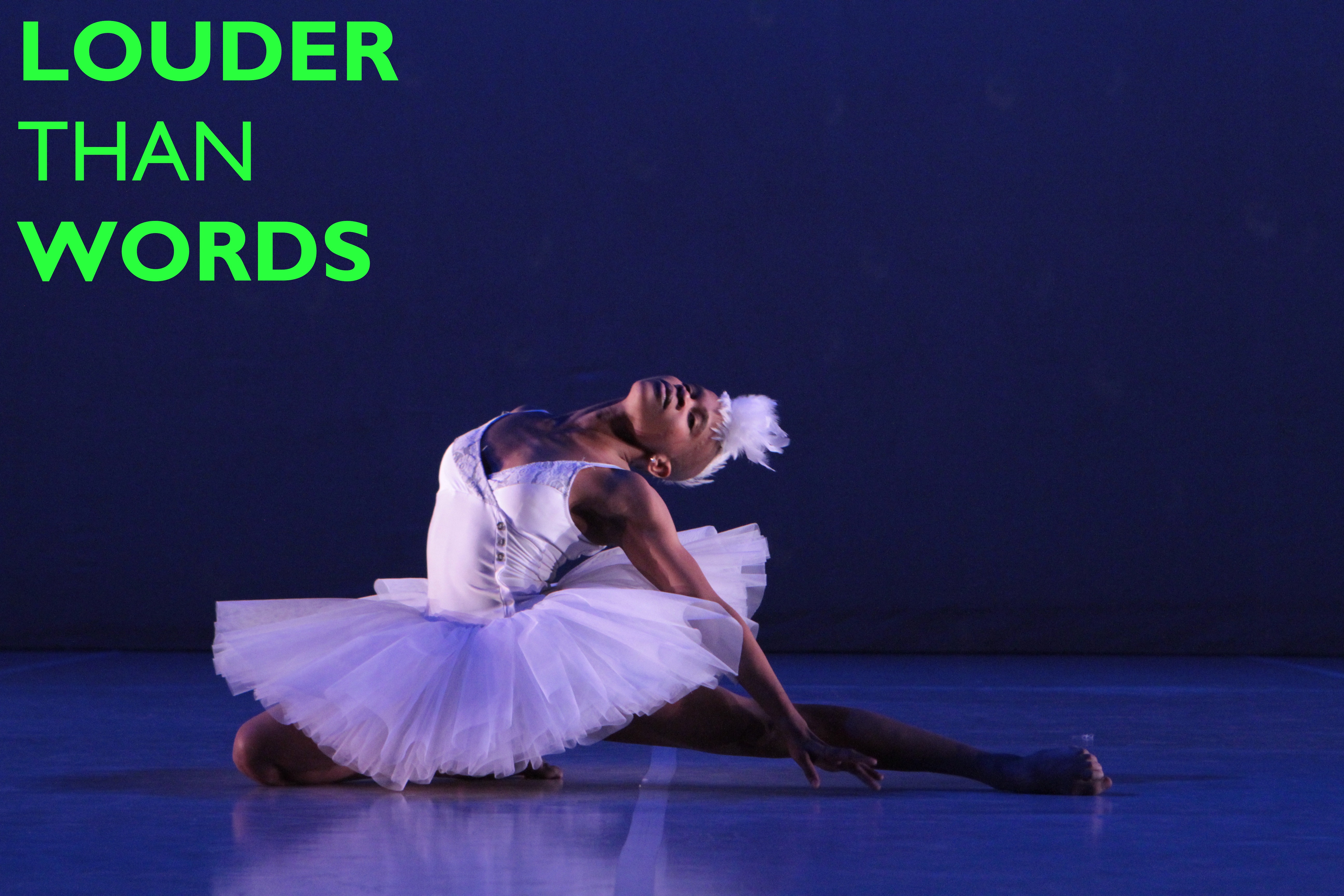Louder than Words

How can urban planning reduce tensions in Homs, Syria? How can a novel challenge Indonesia’s colonial history? On 5 December at Louder than Words, seven extraordinary individuals from around the globe share their stories and discuss how their work in culture has an impact on their societies. From independent film in the Philippines to South Africa’s legendary Market Photo Workshop that broke barriers during Apartheid, the seven participants are laureates of this year’s Prince Claus Awards. Louder than Words will be moderated by ‘Our Man in Tehran’ Thomas Erdbrink, with acoustic performances throughout the programme by Jeangu Macrooy.
We’ll be joined by Principal Prince Claus Laureate Market Photo Workshop (training institute and cultural platform, South Africa), Prince Claus Laureates Adong Judith (playwright, film & theatre-maker, Uganda), Marwa al-Sabouni (architect, Syria), Kidlat Tahimik (artist & filmmaker, Philippines), Eka Kurniawan (author, Indonesia), O Menelick 2º Ato (independent journalism & cultural platform, Brazil), and our first Next Generation Laureate Dada Masilo (dancer & choreographer, South Africa). Louder than Words is made possible through a collaboration with the Prince Claus Fund, Amerpodia and with the support of the Amsterdam Fund for the Arts.
More information about the laureates here, tickets here.

Louder than Words is made possible through a collaboration with Amerpodia and with the support of the Amsterdam Fund for the Arts.
-
Principal Laureate Market Photo Workshop
(For English see below)
Market Photo Workshop (Johannesburg, Zuid-Afrika, 1989) werd in de laatste jaren van de apartheid opgezet om visuele vaardigheden te bevorderen en het ambacht fotografie voor alle rassen beschikbaar te maken. In een tijd waarin de bewegingsvrijheid van de zwarte bevolking aan banden werd gelegd, richtte de bekende Zuid-Afrikaanse fotograaf David Goldblatt (1930-2018) de Market Photo Workshop op, een fotovakschool voor zwarte Zuid-Afrikanen, die hen in de gelegenheid stelde hun ervaringen in beelden uit te drukken. In de afgelopen dertig jaar, na de afschaffing van de apartheid, is de opleiding gegroeid en aangepast, maar met behoud van de radicale geest en idealen van sociale rechtvaardigheid. Onder de huidige leiding van Lekgetho Makola is de Market Photo Workshop een veelzijdig opleidingsinstituut en cultureel platform van internationale betekenis, waar studenten uit heel Afrika naartoe komen. Het instituut begeleidt en steunt toekomstige fotografen bij hun carrière en brengt hun onverminderd de idealen bij van de sociale fotografie. Onder de vele verdiensten van dit instituut noemen wij het opzetten van een sterk lokaal en regionaal netwerk en een uitgebreid beeldarchief van uniek historisch en sociaal belang.
English:
Market Photo Workshop (Johannesburg, South Africa, 1989) was established in the final years of apartheid to make visual literacy and the craft of photography available to all races. At a time when the movement of black people was severely restricted, renowned South African photographer David Goldblatt (1930-2018) set up the Market Photo Workshop to provide photographic training and equipment to black South Africans so they could give visual expression to their experiences. In the three decades since, it has sustained its radical spirit and ideals of social justice while growing and adapting to the post-apartheid era. Now under the leadership of Lekgetho Makola, Market Photo Workshop is a multi-faceted training institution and cultural platform with an international reputation, drawing students from all across Africa. It mentors and supports artists in their career development and continues to instill ideals of socially committed photography. Among its many achievements are the creation of a strong local-regional network and a vast image archive of unique historical and social importance.

-
Laureate Adong Judith
(For English see below)
Adong Judith (Gulu, Oeganda, 1977) is toneelschrijfster en film- en theatermaakster. Met haar werk lokt ze discussie uit over omstreden onderwerpen, met als doel de dingen ten goede te keren. In haar eerste toneelstuk ‘Silent Voices’ (Zwijgende stemmen) brengt zij de verschrikkingen van het twintig jaar durende conflict met het Verzetsleger van de Heer voor het voetlicht en uit kritiek op het vredesproces, waarbij zij lastige vragen stelt over amnestie en vergeving en de mensen aanspreekt op hun passieve en medeplichtige gedrag. Ze confronteert de Ugandese bevolking en de rest van de wereld met de verhalen van kwetsbare en minder bevoorrechte mensen. In haar werk pakt zij controversiële kwesties aan als de strijd voor lgbtiq-rechten in Oeganda, de hypocrisie van religieuze leiders en genderpolitiek, de lokale praktijken van kinderoffers, misleiding door sociale media en de gruwelen van het kolonialisme. Adong Judith heeft een master in Film en Mediakunst en studeerde ook muziek, dans, literatuur en drama. Ze is artistiek directeur van Silent Voices Uganda (2016), een non-profit organisatie voor de ontwikkeling en productie van de uitvoerende kunsten. Silent Voices Uganda blaast het Oegandese theater nieuw leven in en zijn stageprogramma, waarin jonge theatermakers aan ervaren mentoren worden gekoppeld, doet in het hele Afrikaanse continent zijn invloed gelden.
English:
Adong Judith (Gulu, Uganda, 1977) is a playwright, film and theatre-maker whose work raises public debate on contentious issues to provoke positive change. Her first play, Silent Voices reveals the terrors of the 20-year conflict with the Lord’s Resistance Army and challenges the peace-building process, asking difficult questions about amnesty and forgiveness and confronting people with their passivity and complicity. She brings the stories of vulnerable and disadvantaged people to the wider public of Uganda and the world. Adong Judith’s works tackle such controversial subjects as the struggle for LGBTIQ rights in Uganda, the hypocrisy of religious and gender politics, local child sacrifice practices, social media deception and the horrors of colonialism. Adong Judith has an MFA in Filmmaking and Media Arts and has also studied music dance, languages, literature and drama. She is the artistic director of Silent Voices Uganda (2016), a non-profit organisation for the development and production of performing arts. Silent Voices Uganda is revitalising Ugandan theatre and is having an impact across the continent with its apprenticeship programme that matches aspiring theatre-makers with experienced mentors. She is the first Ugandan to receive the Prince Claus Award.

-
Laureate Marwa al-Sabouni
(For English see below)
Marwa al-Sabouni (Homs, Syrië, 1981) is architecte en urban thinker. Zij gelooft dat architecten de plicht hebben om sociale cohesie te stimuleren. Toen haar stad Homs door oorlog werd getroffen, weigerde ze te vertrekken en werd twee jaar lang een soort gevangene in haar eigen huis. In haar autobiografie The Battle for Home: The Vision of a Young Architect in Syria (2016) onderzoekt al-Sabouni hoe architectuur en stadsplanning een rol hebben gespeeld in de escalatie van geweld en burgertwisten door relaties binnen de gemeenschap te verstoren en de samenleving op te splitsen. Ze ontwierp concepten voor de herbouw van het door de oorlog verwoeste Bab Amr-district in Homs en baseerde zich daarbij op de oude Syrische ordening van de leefruimte, waarin de diverse bevolkingsklassen en etnische groeperingen constant met elkaar in contact stonden. In artikelen en lezingen pleit al-Sabouni voor een architectuur die uitgaat van menselijk contact. Samen met haar man beheert ze de Arabic Gate for Architectural News, de enige mediasite die gewijd is aan nieuws over architectuur in het Arabisch.
English:
Marwa al-Sabouni (Homs, Syria, 1981) is an architect and urban thinker who believes that architects have a duty to stimulate social cohesion. When war enveloped her city, Homs, she refused to leave and remained a virtual prisoner in her home for two years. In her autobiography, The Battle for Home: The Vision of a Young Architect in Syria (2016), al-Sabouni analyses how architecture and city planning have played a role in fuelling violence and civil conflict by distorting community relationships and fragmenting societies. She has designed proposals for rebuilding the Baba Amr district of Homs that was destroyed in the war, drawing on older Syrian spatial arrangements where there was constant contact among diverse classes and ethnic groups. In articles and public lectures, al-Sabouni argues for architecture that has human connection at its heart. She and her husband run the Arabic Gate for Architectural news, the only online media outlet dedicated to architectural news in Arabic.
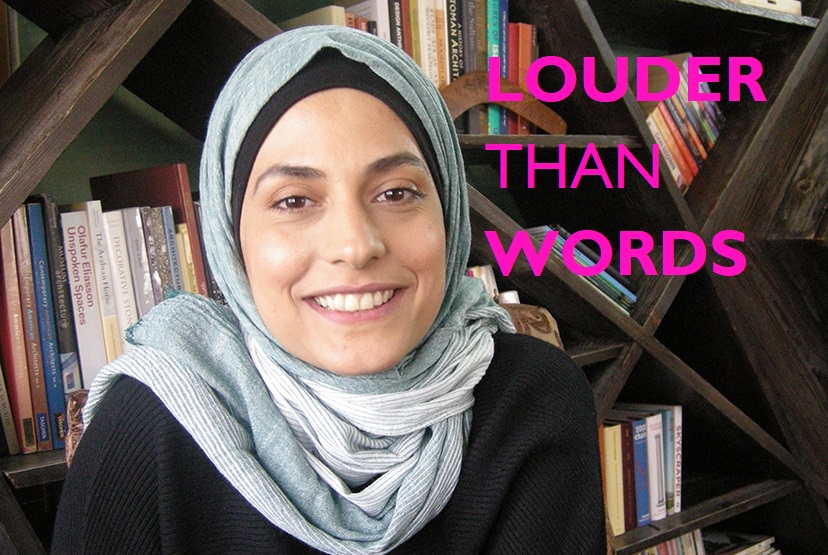
-
Laureate Kidlat Tahimik
(For English see below)
Kidlat Tahimik (Baguio, Filipijnen, 1942) Kidlat Tahimik (Tagalog voor ‘stille bliksemstraal’) is een veelzijdig kunstenaar en creatieve kracht in zijn gemeenschap. Als grondlegger van de Filipijnse New Wave bestrijkt zijn werk film en fotografie, weefkunst, freestyle architectuur en installaties met beeld- en houtsnijwerken. Tijdens zijn baan als economisch researcher bij de OESO in Parijs werd Kidlats verbeelding geprikkeld door film. Hij verscheurde zijn mastersdiploma, nam ontslag en stortte zich met hart en ziel op zijn eerste film: Perfumed Nightmare (1977), een gedramatiseerde versie van zijn eigen droomreis naar het Westen en latere ontluistering. De film won de International Critics Award van de Fédération Internationale de la Presse Cinématographique”. Kidlat zet zich in voor inheemse culturen en organiseert wereldwijd congressen over inheemse bevolkingen. Zijn onconventionele kunstwerken laten je nadenken over milieukwesties. Naar zijn eigen ontwerp liet hij twee kunstcentra bouwen met behulp van lokale handwerkslieden en natuurlijke materialen, waar lokale kunstenaars en ambachtslieden hun werk kunnen exposeren. Hij staat altijd klaar voor jonge creatievelingen en geeft workshops waarin hij onafhankelijke creativiteit vooropstelt.
English:
Kidlat Tahimik (Baguio City, Philippines, 1942) Kidlat Tahimik (whose name means ‘silent lightning’ in Tagalog), is an artist in many disciplines and a creative force in his community. Called the Godfather of the Filipino New Wave, Kidlat’s work ranges from film and photography to weaving, free-style architecture and carved installations. While working as an economic researcher for the OECD in Paris, Kidlat’s imagination was ignited by film. He tore up his MBA degree, quit his job, and poured his heart into his first film, Perfumed Nightmare (1977), a fictionalised version of his own dream trip to the West and subsequent disenchantment, which won the International Critics Award in Berlin. Kidlat is an enthusiastic advocate of indigenous culture. He organises conferences of indigenous peoples from around the world. His unconventional artworks raise awareness about environmental issues. He has designed and built two imaginative art centres using local craftsmen and found materials where local artists and craftspeople can exhibit their works. He generously gives his time mentoring young creatives and promoting independent creativity in workshops.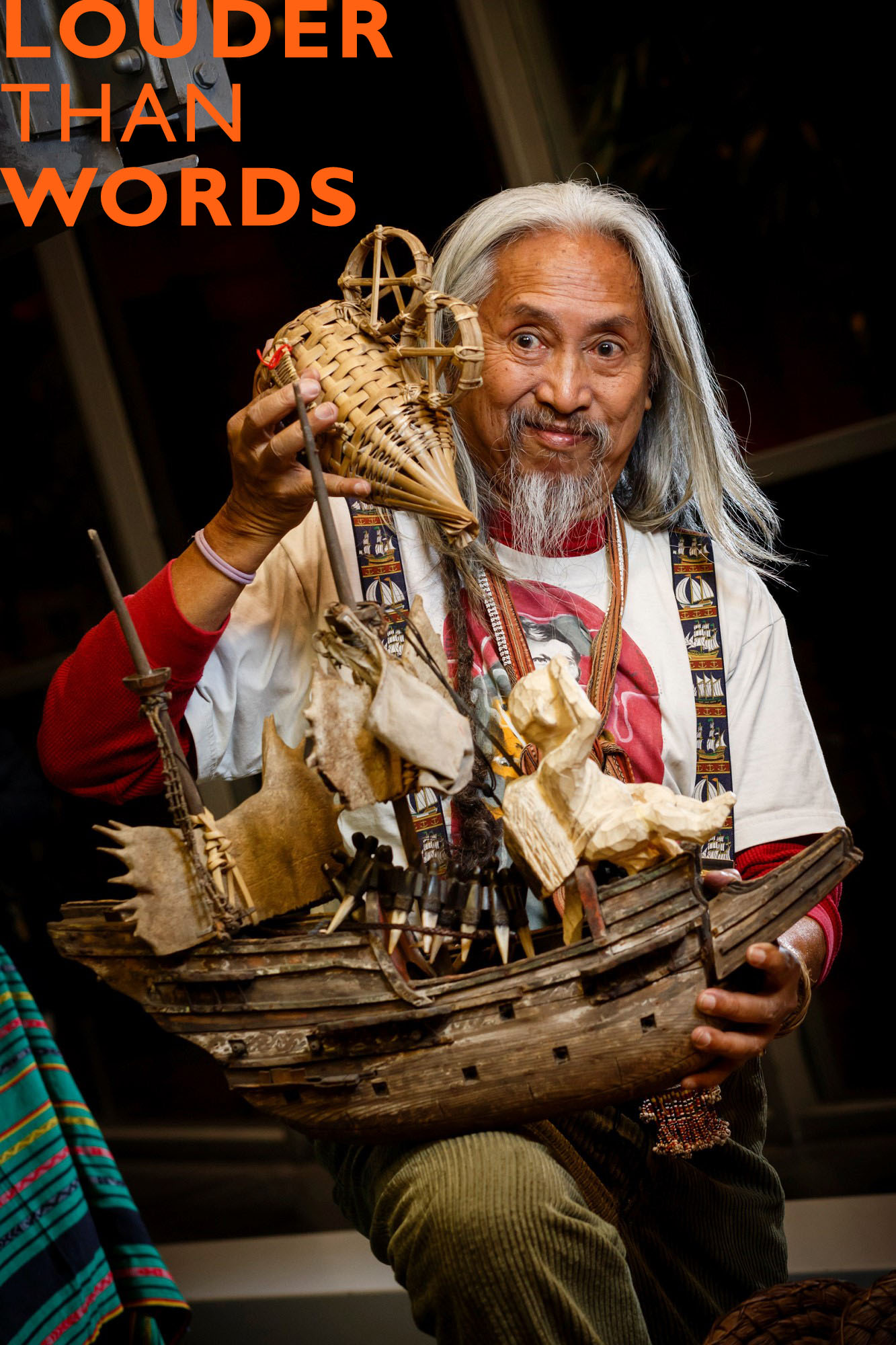
-
Laureate Eka Kurniawan
(For English see below)
Eka Kurniawan (Tasikmalaya, West-Java, Indonesië, 1975) is een schrijver die in zijn fictieve werk de complexe geschiedenis van Indonesië onderzoekt. Hij studeerde af op de grote Indonesische auteur Pramoedya Ananta Toer, maar keerde zich af van het sociaal realisme om zijn eigen vernieuwende stijl te ontwikkelen. Zijn werk wordt wel vergeleken met dat van Gabriel Garcia Márquez en Haruki Murakami. Zijn eerste belangrijke roman Schoonheid is een vloek (Cantik Itu Luka, 2002) is zowel een hilarische satire als een familie-epos, waarin onderwerpen worden aangepakt die maar zelden worden besproken: het brute, seksuele geweld ten tijde van de Nederlandse overheersing, de Japanse bezetting en de dictatuur en genocide onder Suharto. In zijn boeken vind je elementen van plaatselijke folklore, orale overlevering, magisch realisme, Indonesische krijgskunst en horrorstrips, die samen de veelgelaagde ervaringen van de mensen beschrijven. Met zijn romans, korte verhalen, essays, filmscenario’s en beeldromans slecht hij sociale barrières en op een vermakelijke manier bereikt hij een divers publiek met lokale verhalen, waarin afschuwelijke historische feiten worden onthuld.
English:
Eka Kurniawan (Tasikmalaya, West Java Indonesia, 1975) is a writer who explores Indonesia’s complex recent history through fiction. Kurniawan studied the great Indonesian writer Pramoedya Ananta Toer, but turned away from social realism and developed his own innovative style. His work has been compared with Gabriel Garcia Marquéz and Haruki Murakami. His first major novel, Beauty Is a Wound (2002), is both a hilarious satire and a family tragedy of epic scope that deals with rarely discussed topics: the physical and sexual violence of Indonesia’s Dutch colonial history, Japanese occupation and dictatorship and genocide under Suharto. His writing combines elements of local folklore traditions, oral histories, magical realism, Indonesian martial arts and horror comics to portray people’s multi-layered experiences. His novels, short stories, essays, movie scripts and graphic novels, break through social barriers, reaching diverse audiences in an entertaining way with local stories that reveal terrible historical truths.
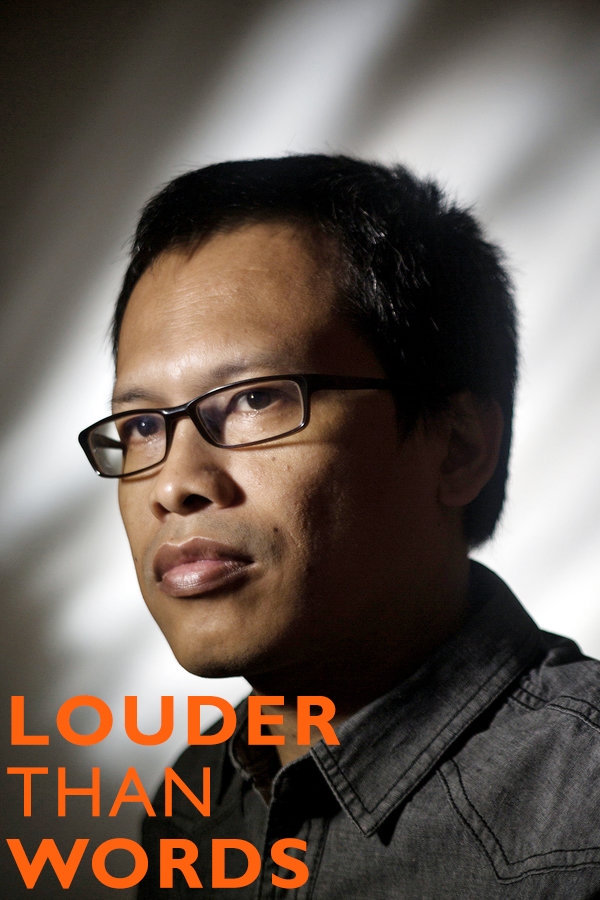
-
Laureate O Menelick 2⁰ Ato
(For English see below)
O Menelick 2⁰ Ato – Menelick Tweede Akte (São Paulo, Brazilië, 2010) is een onafhankelijk platform dat de Afro-Braziliaanse cultuur zichtbaar maakt. Het is opgericht door journalist en fotograaf Nabor Jr. in navolging van het allereerste tijdschrift voor zwarten in Brazilië, Menelick genaamd, dat door een dichter in 1915 werd gelanceerd, maar slechts een kort bestaan kende. Hoewel minder dan de helft van de bevolking zich als blank beschouwt en de meeste Brazilianen van gemengde afkomst zijn, spelen zwarten nauwelijks een rol in de Braziliaanse media. Het enige blad voor zwarte cultuur in Brazilië, O Menelick 2⁰ Ato, geeft Afro-Braziliaanse denkers en kunstenaars de gelegenheid hun ideeën te delen en de interesses en creativiteit van de hedendaagse zwarte gemeenschap in Brazilië over te brengen. Het is een avantgardistisch non-profit kwartaalblad, zowel digitaal als in papieren vorm, gratis te verkrijgen in bibliotheken en op culturele evenementen, als ook in probleemwijken in São Paulo. Het blad biedt artikelen over muziek, theater, film, dans, beeldende kunst, fotografie, mode, literatuur, poëzie en populaire dansvormen als crumping en hiphop, en laat een breed publiek kennismaken met vele individuele kunstenaars en collectieven.
English:
O Menelick 2º Ato – O Menelick Act 2 (Sao Paulo, Brazil, 2010) is an independent platform that makes Afro-Brazilian culture visible. Founded and directed by journalist and photographer Nabor Jr, it is the rebirth of the short-lived, first-ever black journal in Brazil, titled Menelick, launched by a poet in 1915. Although less than half of the population self-identify as white and most Brazilians are of mixed ancestry, people of colour have almost no presence in Brazilian media. The only journal for black culture in Brazil, O Menelick 2º Ato gives Afro-Brazilian thinkers and artists a space to share their perspectives and project the concerns and creativity of the contemporary black community in Brazil. It is an avant-garde, non-profit, quarterly magazine published online and in print, distributed free through libraries and cultural events as well as in conflict areas of São Paulo. With its coverage of music, theatre, cinema, dance, fine arts, photography, fashion, literature, poetry and popular urban forms such as clowning and hip-hop, it introduces many individuals and collectives to a wider public.
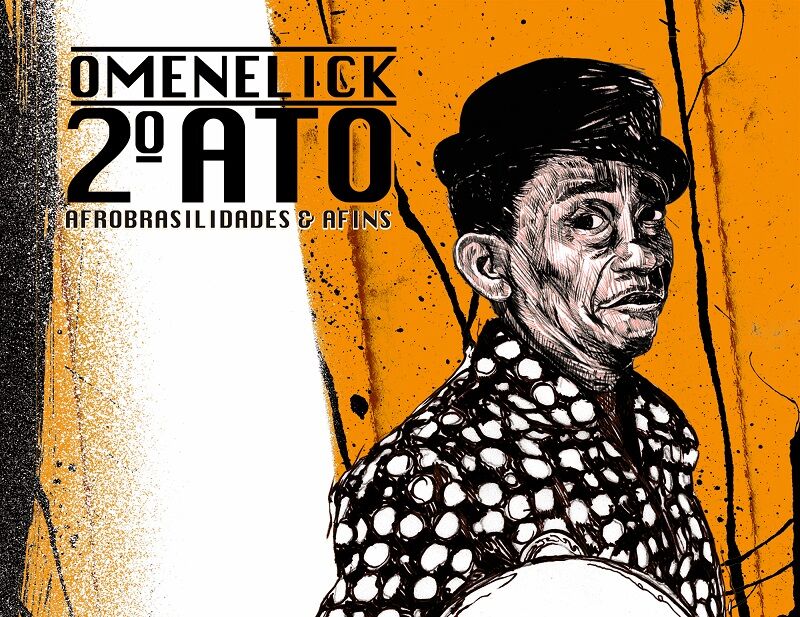
-
Next Generation Laureate Dada Masilo
(For English see below)
Dada Masilo (Soweto, Zuid-Afrika, 1985) is danseres en choreografe. Zij neemt grote esthetische risico’s door klassieke verhalen opnieuw te vertellen op een manier die de zwarte identiteit en het feminisme aanspreekt, en ze doet dat via een vernieuwende danstaal, waarin Afrikaanse bewegingen en ritmes worden verweven met traditioneel ballet en moderne dansgenres. Haar werk houdt zich bezig met hedendaagse kwesties, zoals het stigma en de sociale afwijzing aangaande hiv en aids, huiselijk geweld en gedwongen huwelijken. De dansen worden opgevoerd op een mix van Afrikaanse en westerse muziek en sound. Masilo groeide op in Soweto, studeerde klassieke en moderne dans op de Dance Factory in Zuid-Afrika en vervolgde haar opleiding op P.A.R.T.S. (Performing Arts Research and Training Studios) in Brussel. Ze is Artist-in-residence op de Dance Factory, die haar dansers werk verschaft. Er zijn elf originele werken van haar hand verschenen, waaronder eigen versies van Romeo en Julia, Carmen, Het Zwanenmeer en Giselle (dat in 2017 als beste dansuitvoering werd beoordeeld voor Danza&Danza). Ze werkt samen met andere choreografen en kunstenaars, onder wie William Kentridge.
English:
Dada Masilo (Soweto, South Africa, 1985) is a dancer and choreographer who takes great aesthetic risks, reinventing classic stories so they speak to black identity and feminism, through an innovative dance language that intertwines African movement and rhythms with traditional ballet and contemporary dance genres. Her works deal with contemporary topics, such as the stigma and social rejection around HIV/AIDS, domestic violence and arranged marriages and are performed to a mix of African and Western music & sound. Masilo grew up in Soweto, studied classical and contemporary dance at the Dance Factory in South Africa followed by two years at PARTS – Performing Arts Research and Training Studios – in Brussels. She is Artist-in-Residence at The Dance Factory which employs her dancers. She has created and performed eleven original works, including own versions of Romeo & Juliet, Carmen, Swan Lake and Giselle (voted Best Performance 2017 for Danza&Danza). She collaborates with other choreographers & artists (e.g. William Kentridge).
Dada Masilo’s ‘Swan Lake’ as previewed at the Dance Factory in Newtown, Johannesburg. Photograph : John Hogg.
